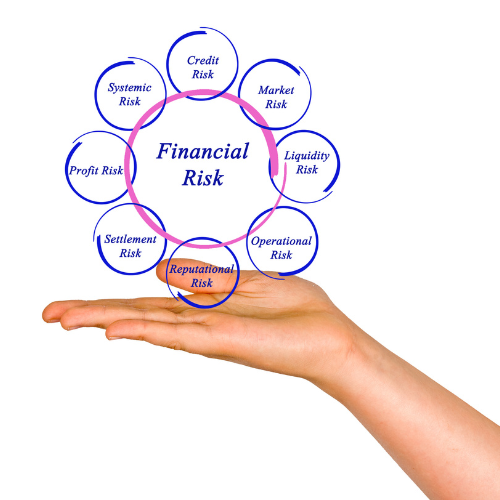Navigating the Complexities of Financial Market Risks

In the ever-evolving landscape of financial markets, understanding and managing risks is crucial for both institutions and individual investors. This blog, based on Chapter 13 of the AFM Textbook, explores various aspects of risk in financial markets and how they can be managed effectively.
The Perils and Practices in Financial Markets
The financial markets are rife with stories of significant losses, like those of Baring Bank and Sumitomo, underscoring the need for astute risk management. Successful institutions in these markets often share common traits: knowledgeable staff, robust systems and controls, and ongoing training programs.
Redefining Risks in Financial Instruments
Risk, in investment terms, refers to the uncertainty of future returns or potential losses. Derivatives, in particular, introduce new dimensions to risk by shifting risks and utilizing gearing, thus multiplying any risks associated with the underlying instrument.
Types of Risks in Financial Markets
Several types of risks are prevalent in financial markets:
- Market Risk: Exposure to adverse price movements of financial instruments.
- Interest Rate Risk: Sensitivity to fluctuations in interest rates.
- Currency Risk: Exposure to adverse exchange rate movements.
- Liquidity Risk: Inability to trade investments or buy instruments at current market prices.
- Credit Risk: Risk of investment value decreasing due to the issuer's credit rating drop.
Implementing Controls in the Trading Environment
Effective control over transactions and positions in financial instruments can stem from external sources, like acts and regulatory bodies, and internal controls within each business. These include limits on open positions, regular reviews, and restricting access to trading systems.
Risk Measurement and Management
Risk measurement involves calculating open positions and applying scenarios, such as “worst-case” scenarios, to measure potential losses. For instance, foreign exchange risk is assessed by considering the net exposure to a currency and applying changes in the currency value.
The Use of Duration in Interest Rate Risk
Duration is a key measure used to assess interest rate risk. It reflects the sensitivity of the value of an interest rate instrument to market rate changes. The calculation of duration involves weighing the time to maturity of the financial instrument's cash flows.
Value at Risk (VaR) – A Popular Risk Measurement
VaR is a popular way to express risk measurement, incorporating all sources of market risk and accounting for market volatility and portfolio correlations. However, it is backward-looking and sensitive to modeling assumptions, and does not capture low-probability events that could result in large losses.
Conclusion: Mastering Financial Market Risks with AFM's NQF6 Course
Understanding and managing financial market risks is an essential skill in today's investment landscape. This blog provides a snapshot of the depth of knowledge available in the AFM NQF6 accredited course. To delve deeper into financial market risks and other topics covered in this comprehensive 13-module course, visit AFM NQF6 Module Topics and AFM NQF6 Enrollment to register for the next course.